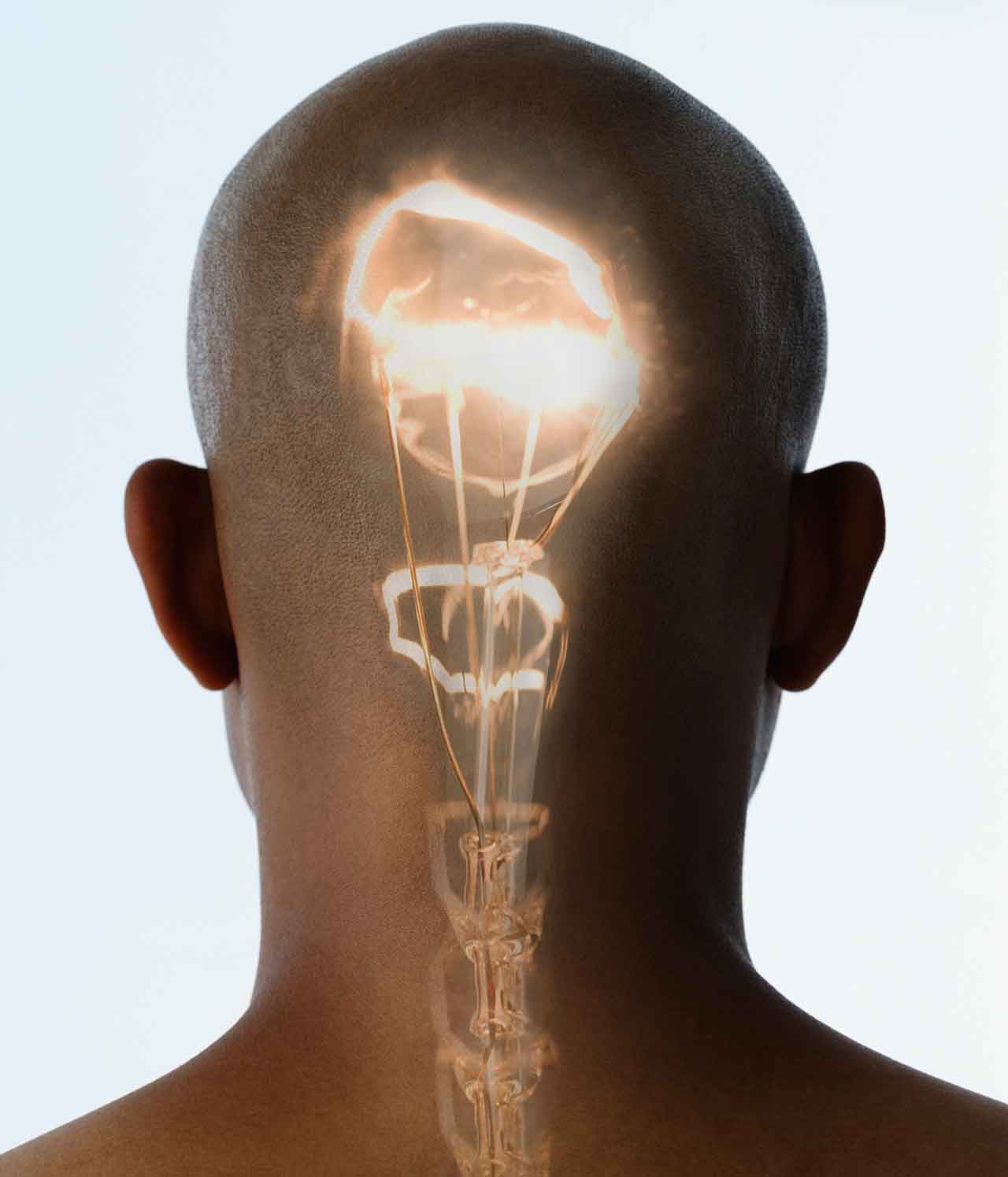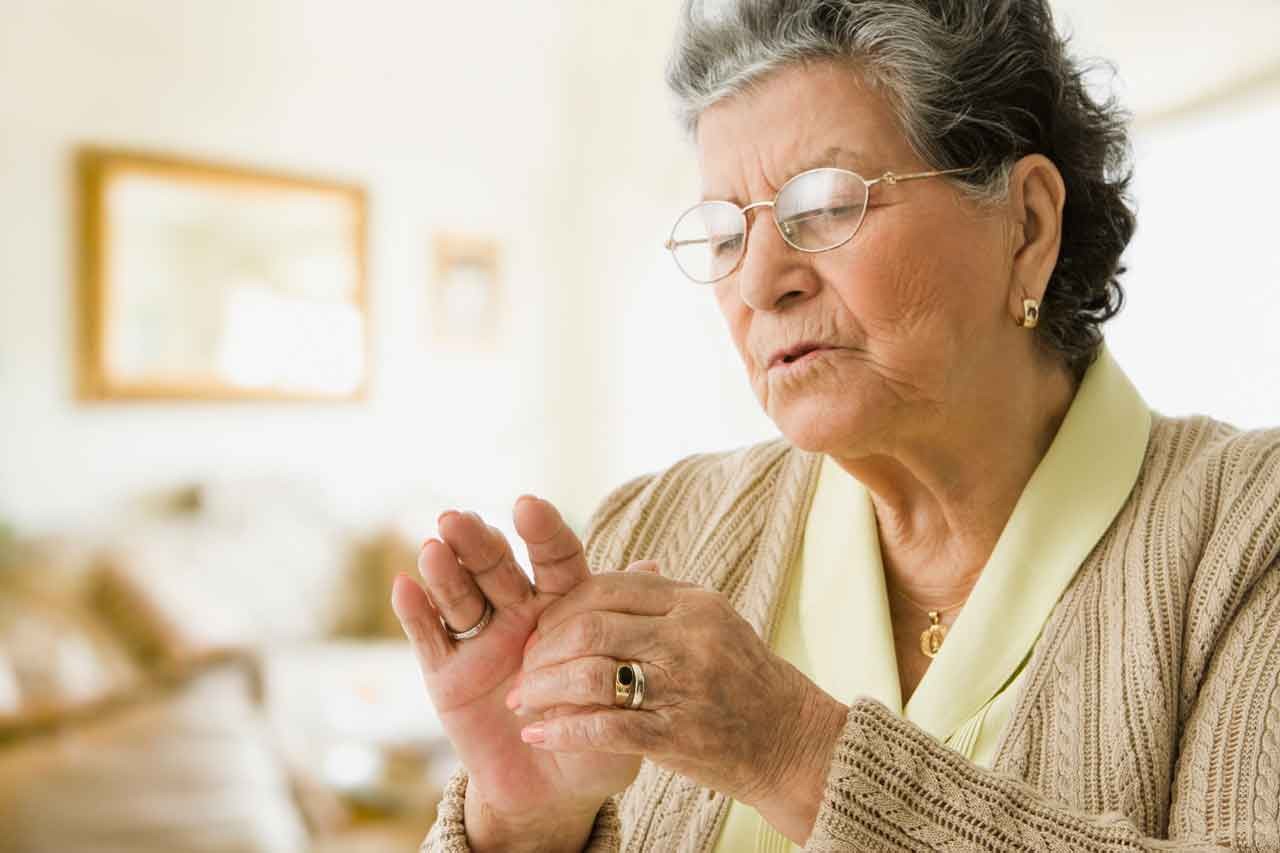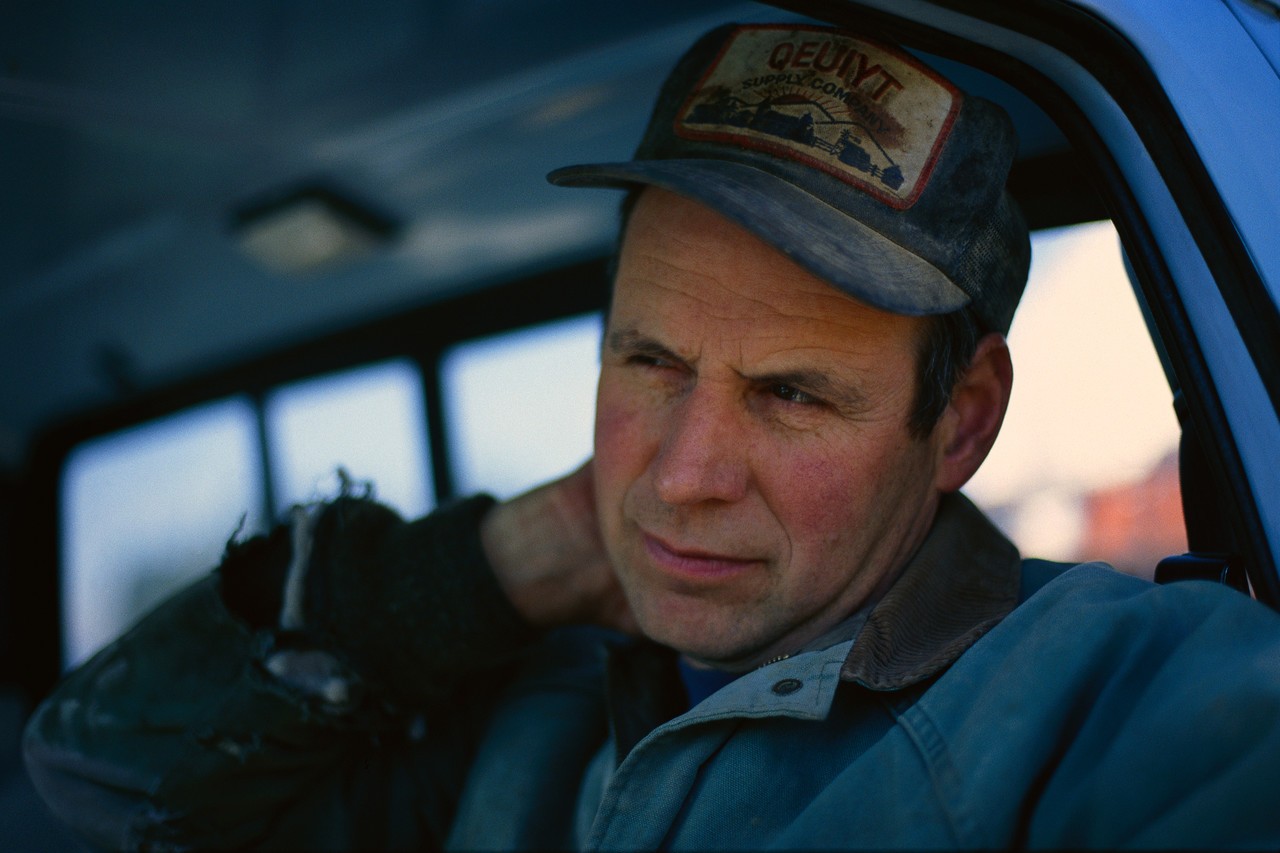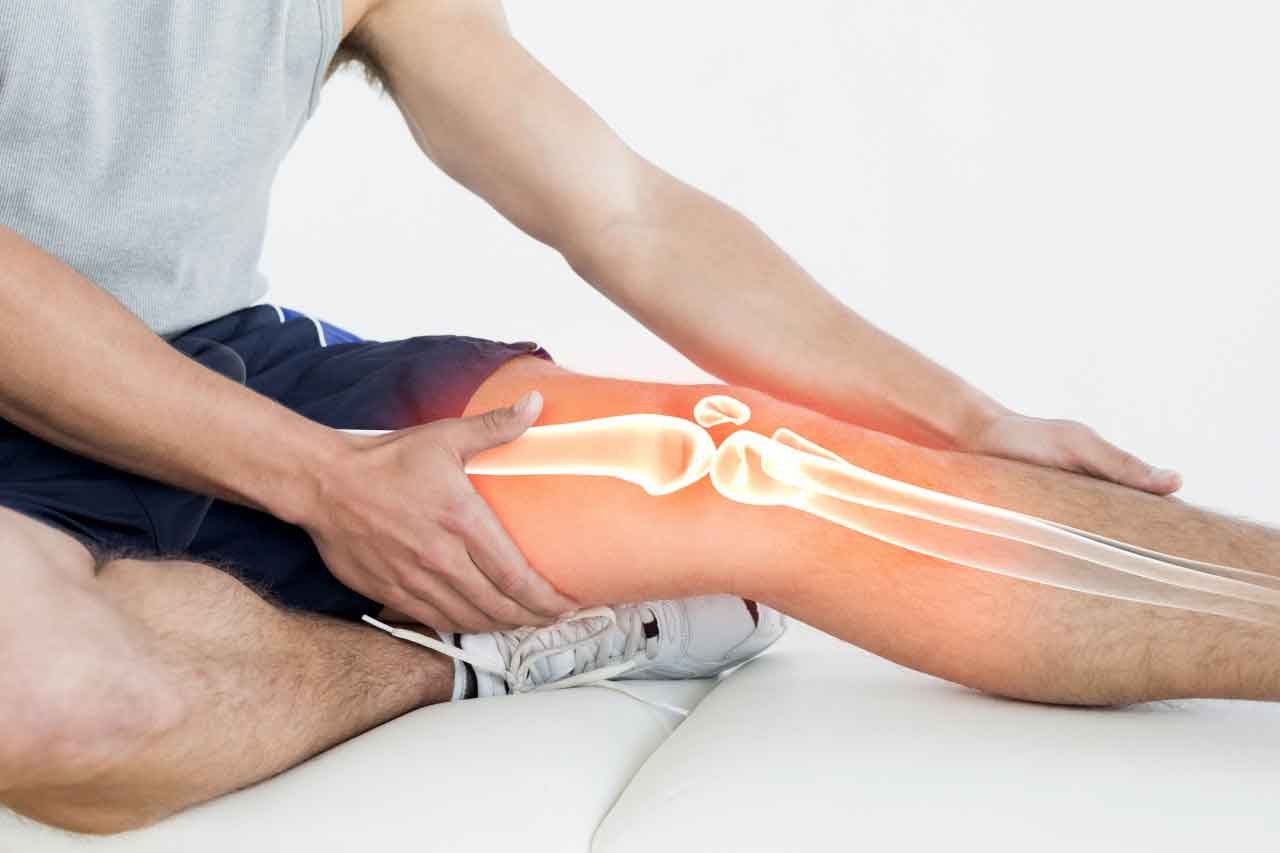
Osteoarthritis Versus Rheumatoid Arthritis
These forms of arthritis have different symptoms and treatments. Here’s what you can learn about osteoarthritis versus rheumatoid arthritis.
Osteoarthritis is the most common type of arthritis. Learn more about this disease by taking the following quiz. It's based on information from the National Institute of Arthritis and Musculoskeletal and Skin Diseases.

Blocking your pain can be as simple as imagining something pleasant, counting silently to divert your mind, or focusing on a non-painful part of your body.

Also called osteoarthritis, degenerative joint disease is the most common chronic condition that can affect your joints.

Coping with arthritis is a complicated process, but there are some common rules of thumb that most everyone with arthritis can follow.

Arthritis treatments aim to relieve pain and reduce inflammation. Here is information about specific kinds of treatments for arthritis.

To assess your risk for arthritis, ask yourself these six questions.

Many treatments can help reduce pain and swelling in your knee. Your healthcare provider or physical therapist may suggest one or more of the following treatments.
We talk about the weather when we don't have much else to chat about: "Nice day, isn't it?" "Aren't you sick of this rain?" The weather has more to do with your health than you might realize. Learn more about the weather and you by taking this quiz.